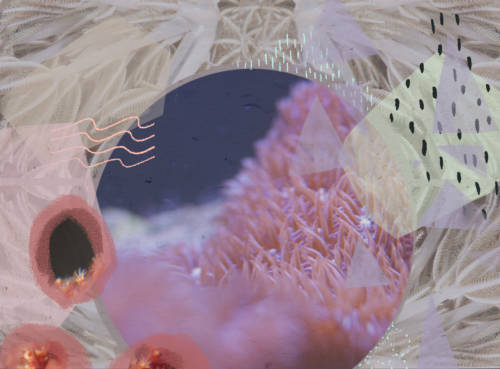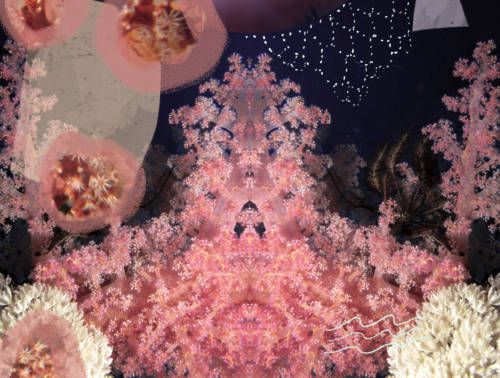
Coral Gardening Could Help Us Save The Reefs
There are 2,500 kinds of coral in our oceans– 1,000 of which are free-swimming larvae that build coral reefs by attaching to submerged hard surfaces (like rocks) to create fringing, barrier, or atoll formations. The particular formation that a coral reef takes is determined by several factors, such as light, temperature, ocean current, and depth– in much the same way garden plants respond to their particular environmental conditions. You may find coral on a reef crest, often found in tide pools, which are exposed at low tide and subject to thrashing whitewash otherwise. This kind of coral is often home to small crabs and shrimps, but the coral itself is rarely alive– all of which is to suggest that where a coral larva chooses to call home is a decision that informs their lifespan.
Soft coral, on the other hand, have malleable skeletons that move with the beat of the ocean. They love Australia’s Great Barrier Reef because of the clean and clear water and the light, which they require to grow as they contain plant cells known as zoothanthellae— a bountiful food found in ocean currants. The color of a coral– ranging from the classic orange and red to black, white, pink, and blue– is a function determined under their skin within coral polyps, which are largely influenced by the chemicals that seep into the sea. Human beings, moreover, have to account for the role that we play in coral habitat, as two-thirds of the world’s corals are currently under attack.
The World Wildlife Foundation reports that destructive fishing practices, careless tourism, pollution, sedimentation (the result of poor farming and he deconstruction of mangrove forests, which ultimately smothers coral form sunlight), coral mining, and climate change are all responsible for what has become an alarming trend in environmental degradation. This is no small loss, as coral reefs are home to 4,000 species of fish, 800 species of hard coral, million of undiscovered species (or so scientists predict), and in some cases, to facilitate in surgery, as scientists are currently farming coral for use in human bone grafting.
So what can we do for coral? Each of us can play a part in corals restoration by volunteering for coral reef cleanup, reducing pollution, and planting lots of trees. But similar to our nutrient-starved food epidemic, it doesn’t take much for change to occur. What the movement to farm coral does require is people fighting for the same cause. Which is why there is a growing trend in coral gardening, which sometimes referred to as coral aquaculture.
Some “coral farmers” propagate live coral from reefs, growing them in a aquaculture tank until they are healthy and ready to make attachment to the reef again. Others bring broken coral to a raised platform, where the water is warmer and nutrients are rich, and allow it to wallow in the sun while the plant species heals itself. Two years later, coral gardeners will replant these segments on reefs, in hopes of restoring the balance to our ecosystem. CoralGardening is currently working on creating statue gardens in Thailand in order to attract marine life (giving them a viable home while coral is resurrected). The organization plants broken coral on their statues and propagates coral spawn eggs and sperm on land, introducing them to their ancient relatives when they are old enough to survive on their own.
Just as sowing the seeds for herbs and flowers takes time, protecting our coral reefs by growing new coral restores thousand-year-old colonies and maintains the Earth’s most unique and beautiful ecosystems: the rainforests of the sea.



































